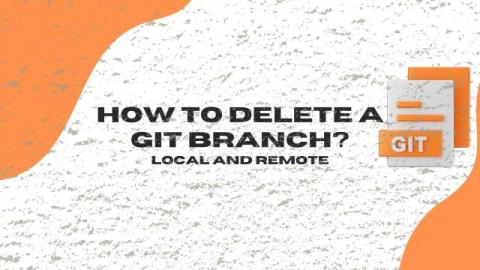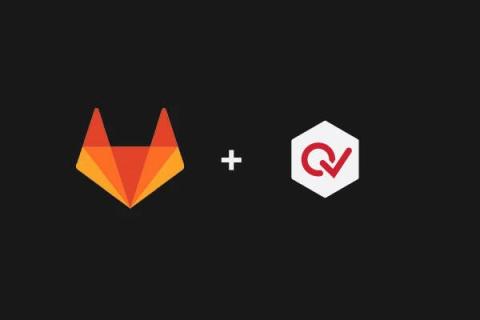AI Magic: Custom GPT & Git Ingest
Experience the power of AI like never before! In this demo, we showcase Custom GPTs and how they seamlessly integrate with Git Ingest to enhance workflows, automate tasks, and streamline development. What You’ll Learn: How to create and customize a GPT for specific use cases Using Git Ingest to process repositories efficiently Real-world applications and automation examples Whether you're a developer, AI enthusiast, or just curious about next-gen AI tools, this demo will give you a hands-on look at what's possible!









